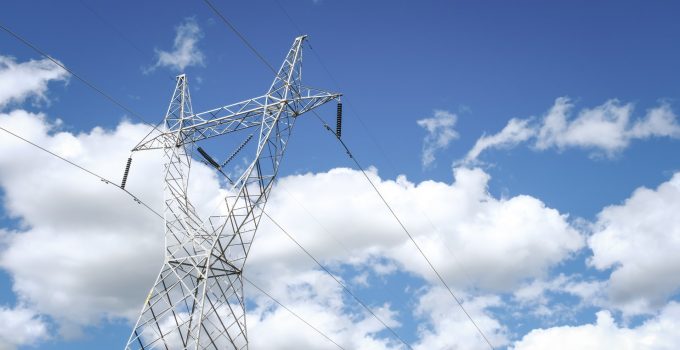If we look at the world around us, it is definitively clear that electricity is one of the strongest driving forces. Our world is dependent on electricity, and whether you’re looking at it from a homeowner’s perspective or as a thriving business owner, it is clear that you need to be on top of all residential electricity trends. This is so you can make smart financial decisions and always be prepared!
Average Use in 2025
Let’s start by looking at the average use of electricity during last year (2025). Specifically, let’s look at the business electricity. If we take the unit as kWh usage per year, we can cite confirmed studies stating that micro-businesses use 5,000 to 15,000 kWh, small businesses use 15,000 to 25,000 kWh, and medium businesses use 30,000 to 50,000 kWh. Let’s look at it in terms of electricity bills.
We can see that the average electricity bill per year for a micro business is £1062, for a small business is £2038, and for a medium business is £3146. If those figures frighten you, you might want to research to get a cheaper and reliable electricity supply, or better yet, use an experienced and trustworthy company like Utility Bidder, who can provide you excellent service by finding the best electricity supply for your business!
What is the cost of your electricity?
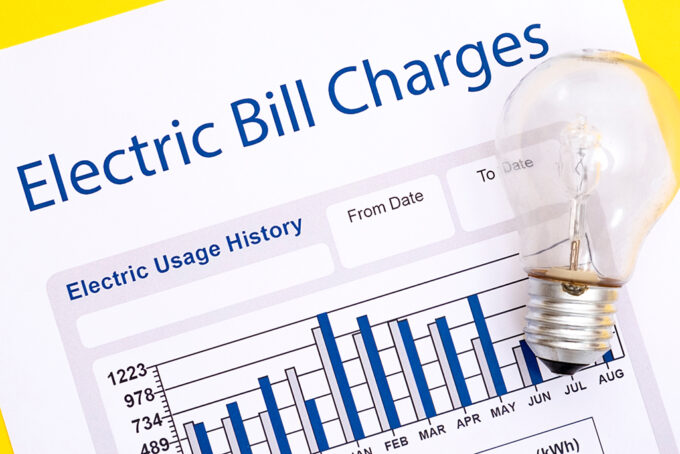
Source: moving.com
Calculating how much it costs to run an appliance is actually easier than you might imagine. Electricity is sold to households by the kilowatt hour, and all electrical appliances in the home have a power rating, usually shown in kW (kilowatts) (kWh).
Multiply the power rating (kW) by the number of hours it will be running for, and then multiply that amount by your tariff rate to get the running cost.
Appliance power rating (kW) x number of hours consumed x tariff rate (£)
Every year, UK households spend £3.4 billion on energy, with an average annual consumption of 3,940kWh per household.
Bigger, detached residences will consume more power, bringing them closer to the national average, whereas flats or terraced houses will use far less, around 2779kWh per year.
Because different appliances have varied power and efficiency ratings, your operating costs and electricity usage are determined by the size of your home, your current tariff rate, and how energy efficient your home is.
The average cost of running the following appliances in the United Kingdom is:
Freezer Fridge

Source: bobvilla.com
The refrigerator and freezer are the only appliances in your house that are never switched off. Combi fridge-freezers are the most expensive to run, costing £64 per year for a typical combi that uses 427kWh.
Cooker
Cooker energy consumption varies depending on the type, energy rating, and usage. Electric cookers use 317kWh per year on average, which costs £47.55.
TV
A 32” LED TV used for 4 hours each day is projected to use 50kWh per year, which costs £7.50. An LCD flat screen, on the other hand, consumes 199kWh per year and expenses £29.85. The dramatic increase can be attributed to current new LED technology and higher efficiency ratings.
Washing Machine
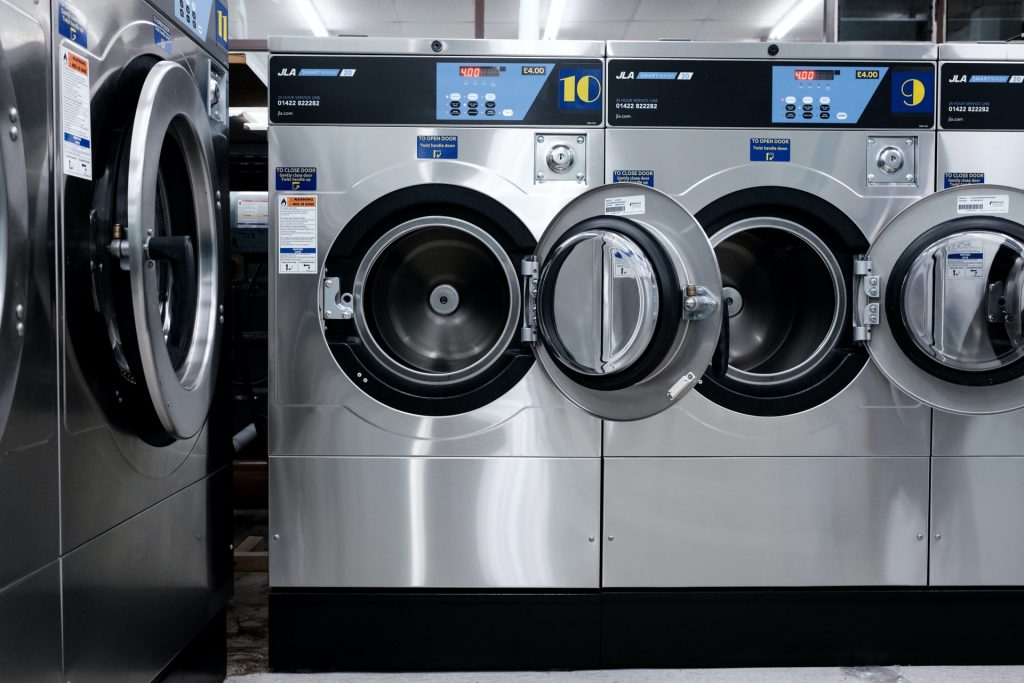
Source: unsplash.com
It should come as no surprise that washing machines consume a significant amount of electricity. With an average of 270 cycles per year per household, your device may be finishing 166kWh per year, which would cost £24.90.
Depending on the spin cycle, temperature, size (kg load), and efficiency rating, each cycle can range from 0.3 to 1 kWh.
Dryer, Tumble
With an average of 150 cycles per year, a tumble dryer in your home may use 394kWh per year, costing £59.10.
The cost varies based on how often you use it, the type of tumble dryer you have, the size of the load, the setting, and the energy efficiency.
Lighting
If you’ve upgraded your home’s lighting to LED, you’ll already be saving money every year. LED lighting consumes 9kWh per year, costing £1.35, based on a two-hour daily consumption average.
If you still use halogen light bulbs, you should consider switching because they use an average of 31kWh each year and cost £4.65.
Typical domestic consumption values (TDCVs):
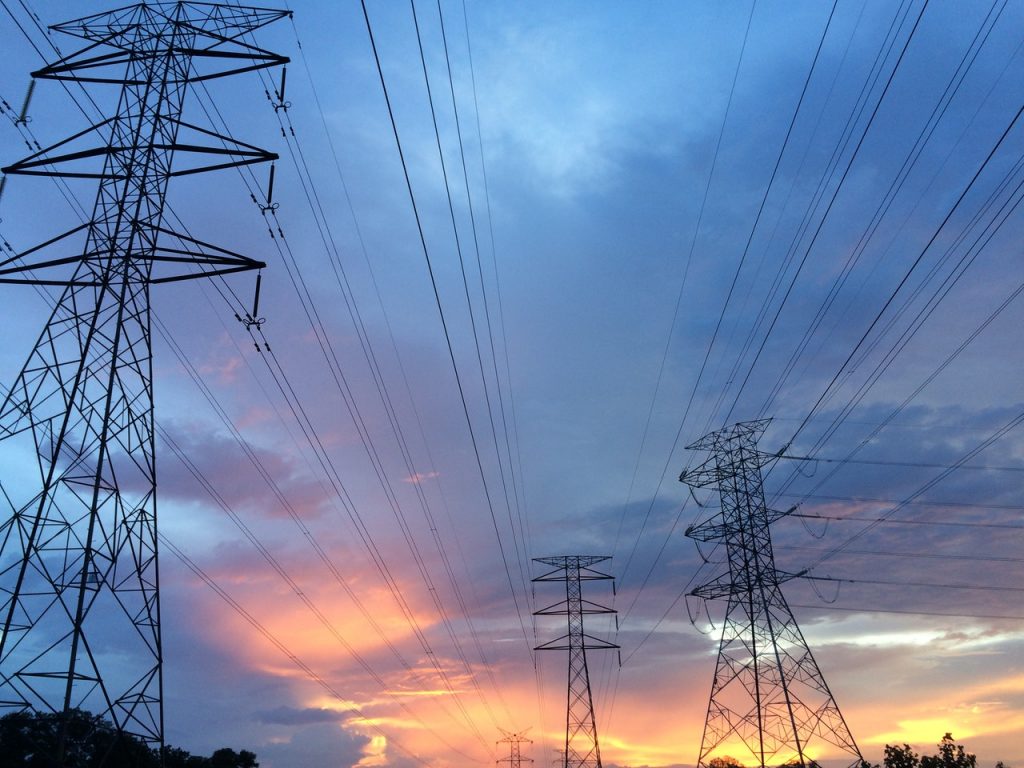
Source: pexels.com
A typical domestic consumption value is a very good indicator to find the electricity usage of the typical domestic consumer. It is a terrific tool to figure out residential electricity consumption trends, so you can compare your residential values with the provided ones. These values are calculated based on the latest two years, and the median consumption value is presented to the general public. The electricity TDVCs of the UK, calculated in April 2025 show that Electricity: Profile Class 1 ranges from 1,800 to 4,300, and Electricity: Profile Class 2 ranges from 2,400 to 7,100.
UK electricity tariffs:
If we compare the average per kWh electricity costs in the UK with other European countries, we can easily evaluate that the UK has much better and reasonably priced electricity as compared to its neighboring countries. The UK has made a superb effort over the years to move to renewable forms of energy, and that effort is paying off. Wind energy has become a force to reckon with, and trends show that this is one of the main reasons that the UK is doing better than most of its neighbors.
Economy 7 peak/ off-peak split:
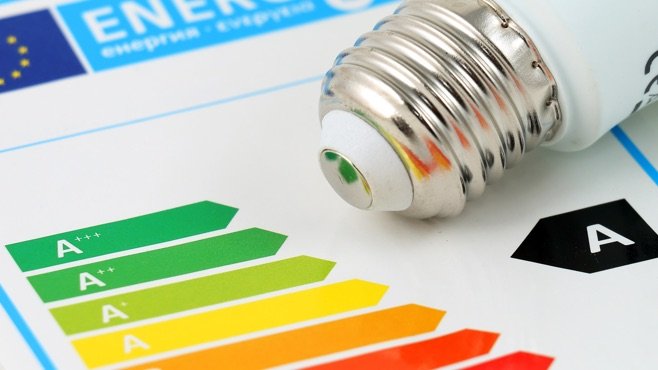
Source: moneysavingexpert.com
Electricity usage peaks between 6 and 8 p.m., as one might expect. Most people are preparing dinner, turning on lights, watching TV, and utilizing other household appliances at this time.
When it comes to being more energy-efficient, knowing when and for what we consume electricity can be really beneficial, however, you may not be aware that some appliances, such as a TV or laptop, require electricity even when they are turned off.
The average day/night split is used to calculate a typical bill for a customer (Economy 7 customer). This allows customers to be aware of their electricity bills and is a great predictor of residential electricity trends, as it allows consumers to predict their annual bills. Average peak/off-peak for UK economy 7 type customers are said to be 58% during peak and 42% during off-peak.
Various studies:
A great way to look at residential electricity consumption trends is to look at the studies that show energy consumption in your country over some time. This allows you to get a better idea as many resources can be used to make electricity.
Knowing residential electricity consumption trends is extremely beneficial for you, as it shows you have a sense of responsibility for the future, and you want to make smart decisions!

